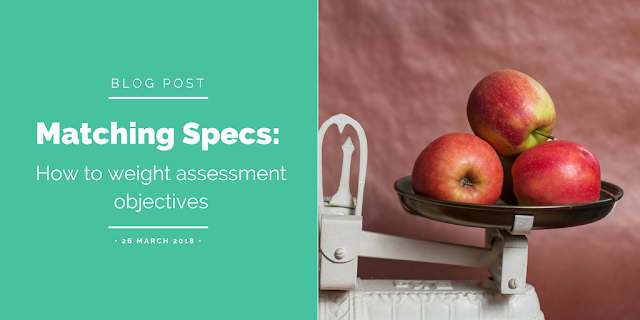Lesson Idea: Parsing Feelings in English

This was an emergency exam prep lesson and it ended up being one of my favourites ever. I used it with my middle ability KS4 English group because I had had enough of my students telling me that the [quote] had a 'positive feeling' or made the audience feel 'shocked'. They simply didn't have the vocabulary or confidence to talk about emotion or feelings in a sophisticated way, much less in connection to a text. Now, as I said, I used this for KS4, but it would absolutely work at KS3 -- in fact, the earlier that kids learn to talk about this the better. Having the vocabulary to talk about emotion helps people parse feelings and be mindful about them which is incredibly important for life.
Here's how it works. Configure your room in such a way that kids can sit in groups of three or four. Put a big piece of paper in the middle of each group. On each paper, write down six major emotions mind-map node style:

This was an emergency exam prep lesson and it ended up being one of my favourites ever. I used it with my middle ability KS4 English group because I had had enough of my students telling me that the [quote] had a 'positive feeling' or made the audience feel 'shocked'. They simply didn't have the vocabulary or confidence to talk about emotion or feelings in a sophisticated way, much less in connection to a text. Now, as I said, I used this for KS4, but it would absolutely work at KS3 -- in fact, the earlier that kids learn to talk about this the better. Having the vocabulary to talk about emotion helps people parse feelings and be mindful about them which is incredibly important for life.




Comments
Post a Comment